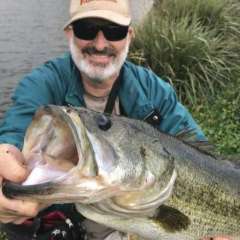
hawgenvy replied to IamNewbie's topic in General Bass Fishing Forum

hawgenvy replied to Apples's topic in Fishing Tackle

hawgenvy replied to detroithiker's topic in Fishing Tackle

hawgenvy replied to DanQS13's topic in Fishing Rods, Reels, Line, and Knots

hawgenvy replied to Ersteman's topic in General Bass Fishing Forum

hawgenvy replied to B1gD4ddy's topic in Fishing Rods, Reels, Line, and Knots

hawgenvy replied to NEBasser101's topic in Fishing Rods, Reels, Line, and Knots

hawgenvy replied to Jonathan Evans's topic in Fishing Tackle
We have placed cookies on your device to help make this website better. You can adjust your cookie settings, otherwise we'll assume you're okay to continue.

